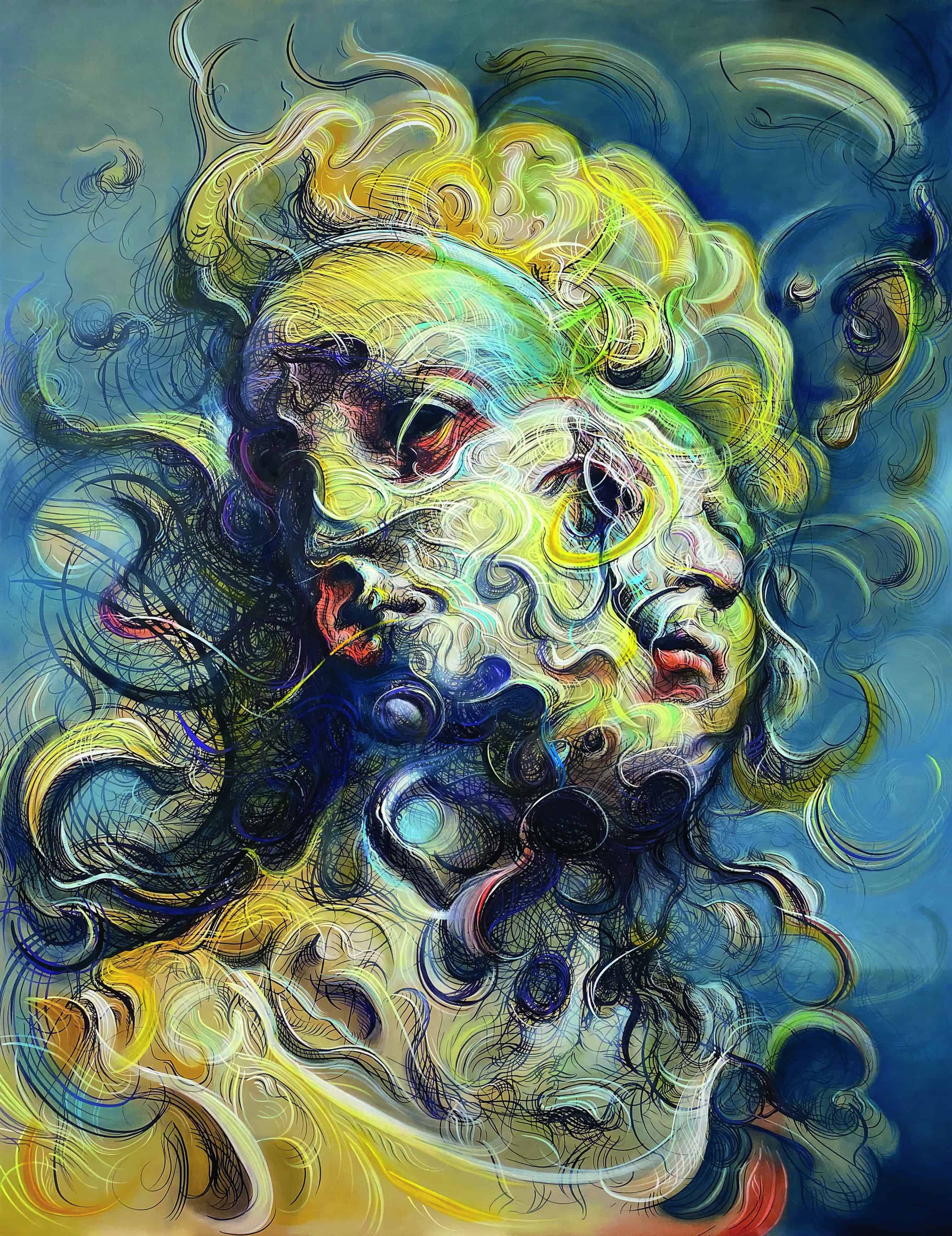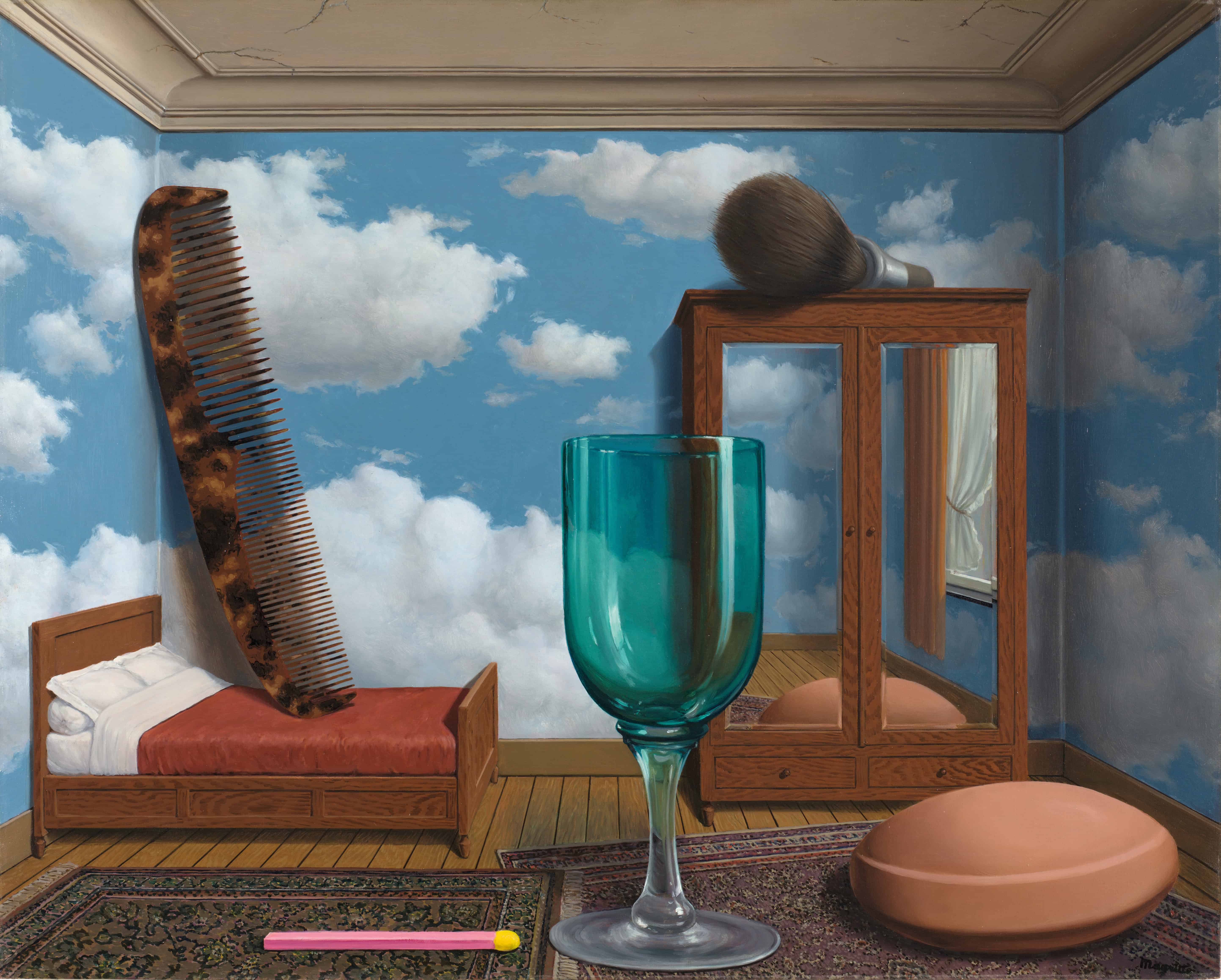Review
New Surrealism: The Uncanny in Contemporary Painting
Robert Zeller's exposition of the historical roots and contemporary expression of surrealism
Published by Phaidon, hardback, 336 pages, £32.95

As visual arts editor for a pop culture magazine in the 90s, I commissioned a column on art in advertising, briefing writers to have fun looking at art-inspired advertising. Skepticism that this column might be a one-hit-wonder was washed away by a wave of communications seeking inspiration from the history of art.
Alongside this art history inspiration, there was aspiration, as brands looked to add prestige to products. There were the continuing artist-commissions by Absolut Vodka, the surrealism of the Silk Cut campaign with its clever puns and found objects, whose interpretation flattered the viewers’ semiotic intelligence, and a series of Smirnoff TV ads which riffed upon German Expressionism.
It’s no surprise that the colleague I commissioned to write about Smirnoff’s free-associating vodka drinkers would go on to be a Professor in Psychoanalytic Studies. Which brings us to New Surrealism: The Uncanny in Contemporary Painting. Edited by artist and writer Robert Zeller, the book whisks us through a wide-ranging view of surrealism from Dada performance by author and poet Hugo Ball and cabaret singer Emmy Hemmings, through figures such as André Breton, Man Ray and Méret Oppenheim, before taking us to a selection of contemporary artists. Their work broadly connects with surrealist themes, such as the uncanny, the visual non-sequitur, liquid bodies and landscapes in a state of metamorphosis.
The book contains many beautifully rendered examples of new surrealism, works such as Miles Johnston’s graphite drawings described by Zeller as “small visual poems”. The spooky intimacy of the work is partly derived from the restricted palette Johnston gives himself. Alongside the many interesting images in the collection there are also paintings that remind this reader that at times there is a calculus to surrealism’s mental landscape, a symbolic visual narrative of psyche that feels too polished and organized. In contrast, the last section of the book, Surrealist Influence on Contemporary Studio Practice, by highlighting workflow and work-in-progress, is compelling around psyche and creative process. The unfinished images that are in an in-between state, not fully resolved, are perhaps the most uncanny and unexpected.

